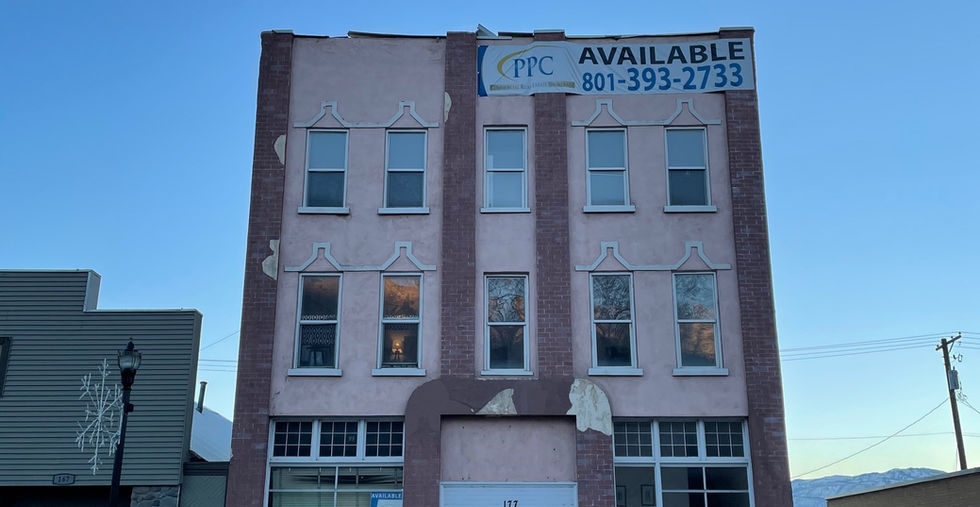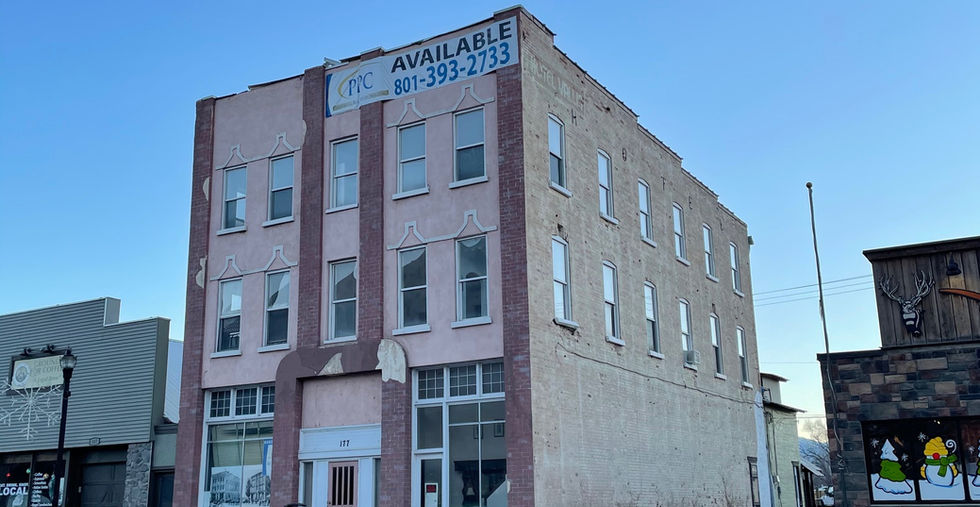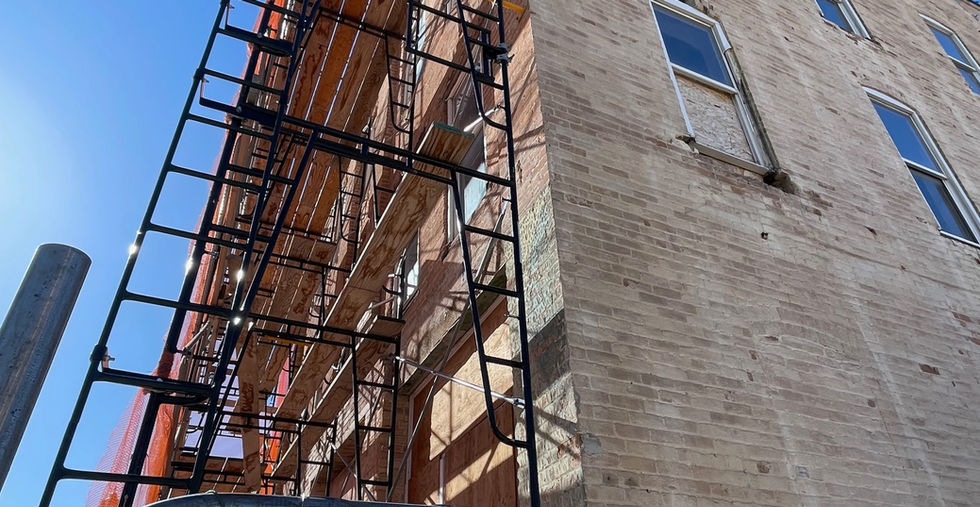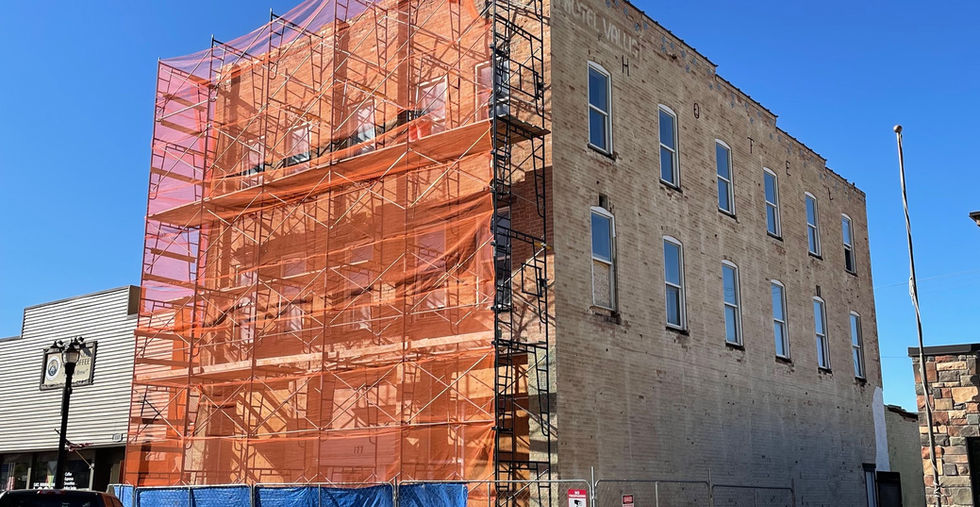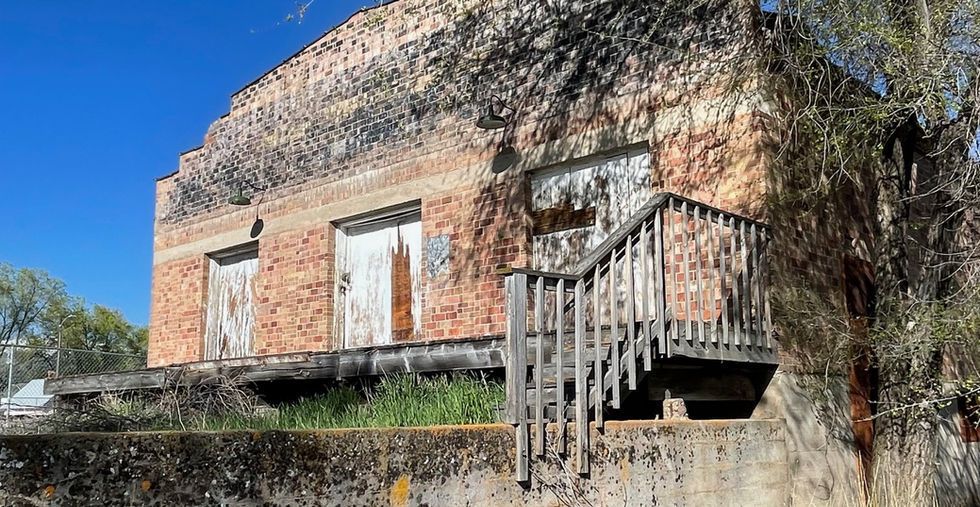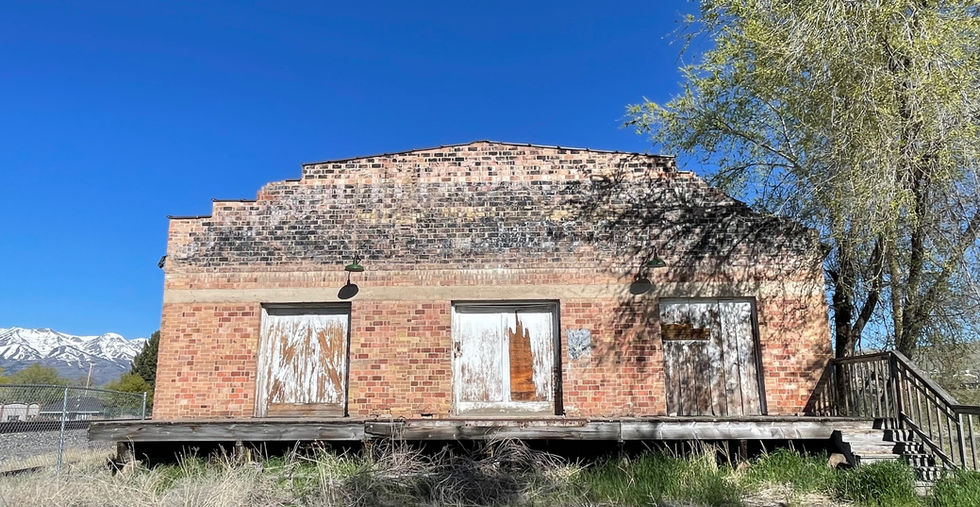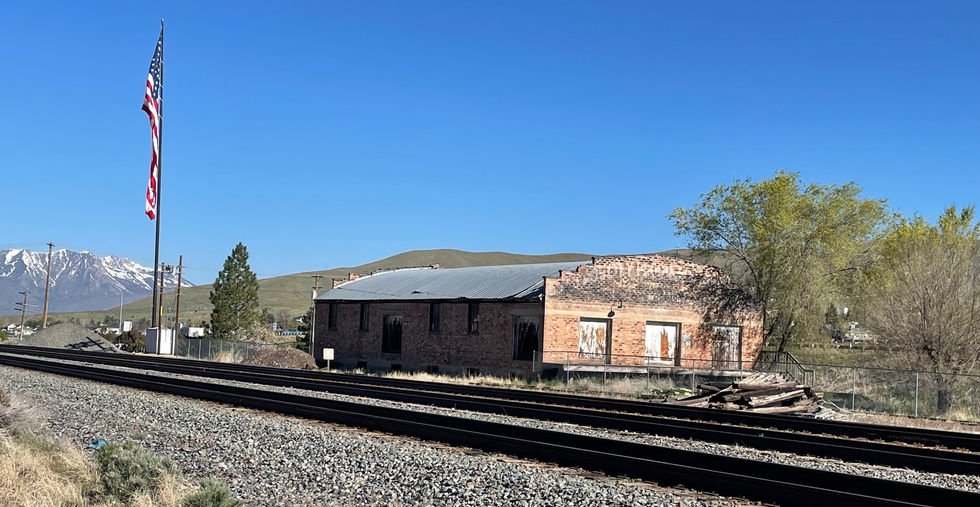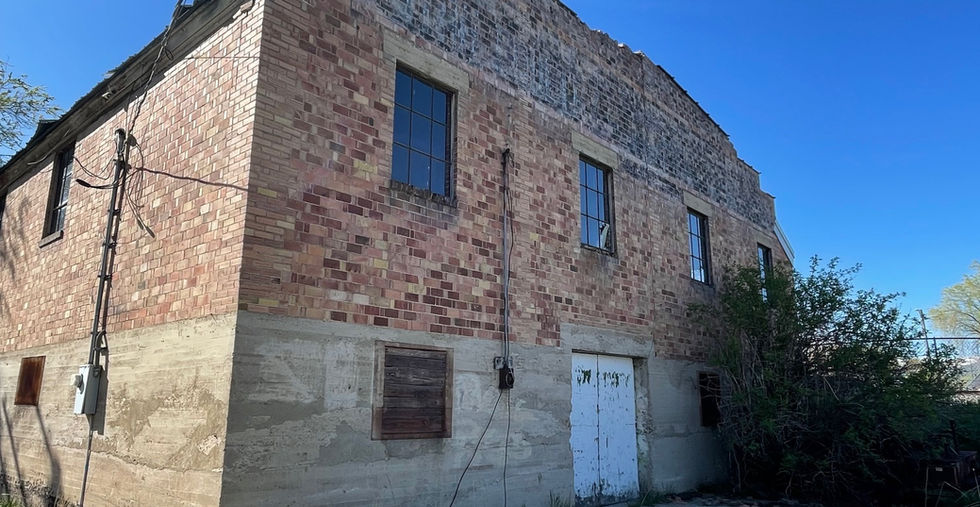The Vallis Hotel
177 North Commercial Street, Morgan 84050
Morgan
1890
Details
National Register?
Contributing Property in the National Morgan Historic District, 2022
Architect
While there is no record of a formally trained architect associated with the project, the Heiner brothers were prominent local entrepreneurs in Morgan, Utah, known for their contributions to the town's development.
Year Built
1890
Accessible?
Yes
Current Threats
Due to ongoing financial difficulties faced by the current owner, developers are reportedly considering demolishing the historic Vallis Hotel to make way for new construction as part of broader redevelopment plans. This threatens the hotel and the broader story of Morgan’s unique place in Utah’s transportation, agricultural, and immigrant labor history.
History
The Vallis Hotel is located at 177 Commercial Street in the heart of Morgan, Utah. It is a significant and enduring symbol of the town’s history, community life, and economic development. Originally constructed in the 1890s, the hotel has evolved through generations, serving as a vital hub for travelers, entertainment, and local employment.
The hotel’s origins trace back to 1890 when Charles Turner, a local resident, noted in his journal that he sold over $1,000 worth of brick, lime, and rock to the Heiner Company for their new hotel. The interior plasterwork was completed by Thomas C. West of Round Valley, marking a collaboration of local labor and materials that helped root the hotel firmly within the community. From its inception, the hotel provided essential lodging and comfort to weary travelers and salesmen navigating the transcontinental railroad adjacent to Morgan’s unique single-sided Commercial Street.
As Morgan grew, the hotel became a key contributor to its economy and social fabric. Around the turn of the century, Emma Staples Stuart, a celebrated cook who hired and mentored many local women, managed the hotel for two decades. Her stewardship helped establish the hotel as a warm, welcoming institution and an important source of employment for the town.
In 1912, Moroni and Harriet Clawson purchased the hotel and expanded its community role by transforming part of the building into a theater. In 1917, they secured a license to show silent films, with Milton Fry operating the hand-cranked movie projector. This theater became a cultural landmark, introducing new entertainment to Morgan’s residents and offering a communal space for storytelling and social connection.
The property changed hands again in 1935 when Virgil and Ethel Stewart acquired it. They brought modern amenities to the theater, including air-inflated seating and an upgraded sound system—enhancements that mirrored broader shifts in American entertainment. In 1937, following a naming contest won by Mabel Horsefield Welsh and Viola Porter Whitesides, the hotel was renamed the “Vallis Hotel,” derived from the Latin word for “valley,” reflecting its place in the heart of the Morgan Valley.
The Vallis Theater continued to operate under lease to Alva and Cecil Dearden from 1945 to 1949, screening films during a post-war period of growth and transition. Although the theater eventually closed, its presence remained deeply embedded in the community's collective memory and heritage.
Importantly, the Vallis Hotel is just one piece of a larger historical landscape in and around Morgan. East of town, the area known as Tunnelville, located at the Taggart railroad tunnels, holds deep significance in the story of westward expansion and immigrant labor. These tunnels were vital to the movement of people and goods through the Wasatch Mountains and became a center of labor history tied to immigrant railroad workers who helped shape the American West.
Nearby, the Morgan Poultry Building served as a key agricultural facility for decades, supporting poultry farmers in Morgan and Summit Counties. It was essential to the economic sustainability of rural families and contributed to the regional food supply chain. Together with the Vallis Hotel, these historic sites reflect the intertwined legacy of transportation, agriculture, and labor that built and sustained the Morgan Valley.
Today, the Vallis Hotel contributes to the architectural and historical character of the Morgan Historic District, which is recognized for its connections to transportation, community planning, and architectural craftsmanship. The district’s proximity to the transcontinental railroad, its distinctive layout shaped by the Weber River, and its impressive array of well-preserved buildings all contextualize the importance of the Vallis Hotel—and its surrounding historic fabric—within a broader narrative of regional development.
What can be done?
A coordinated effort blending preservation advocacy, financial strategy, and community engagement is essential to save the Vallis Hotel. Public awareness is another critical step—by sharing the hotel’s history through local media, walking tours, and social platforms, the community can be mobilized to support its preservation. At the same time, it’s essential to open a dialogue to explore adaptive reuse options, such as converting the building into apartments, mixed-use retail, or a community cultural space. Demonstrating that preservation is feasible and profitable, especially with historic tax incentives and potential grants, can shift the redevelopment conversation. Community and political support are also vital: organizing town halls, petitions, and letters of support can show developers and local officials that saving the Vallis Hotel is a community priority.

